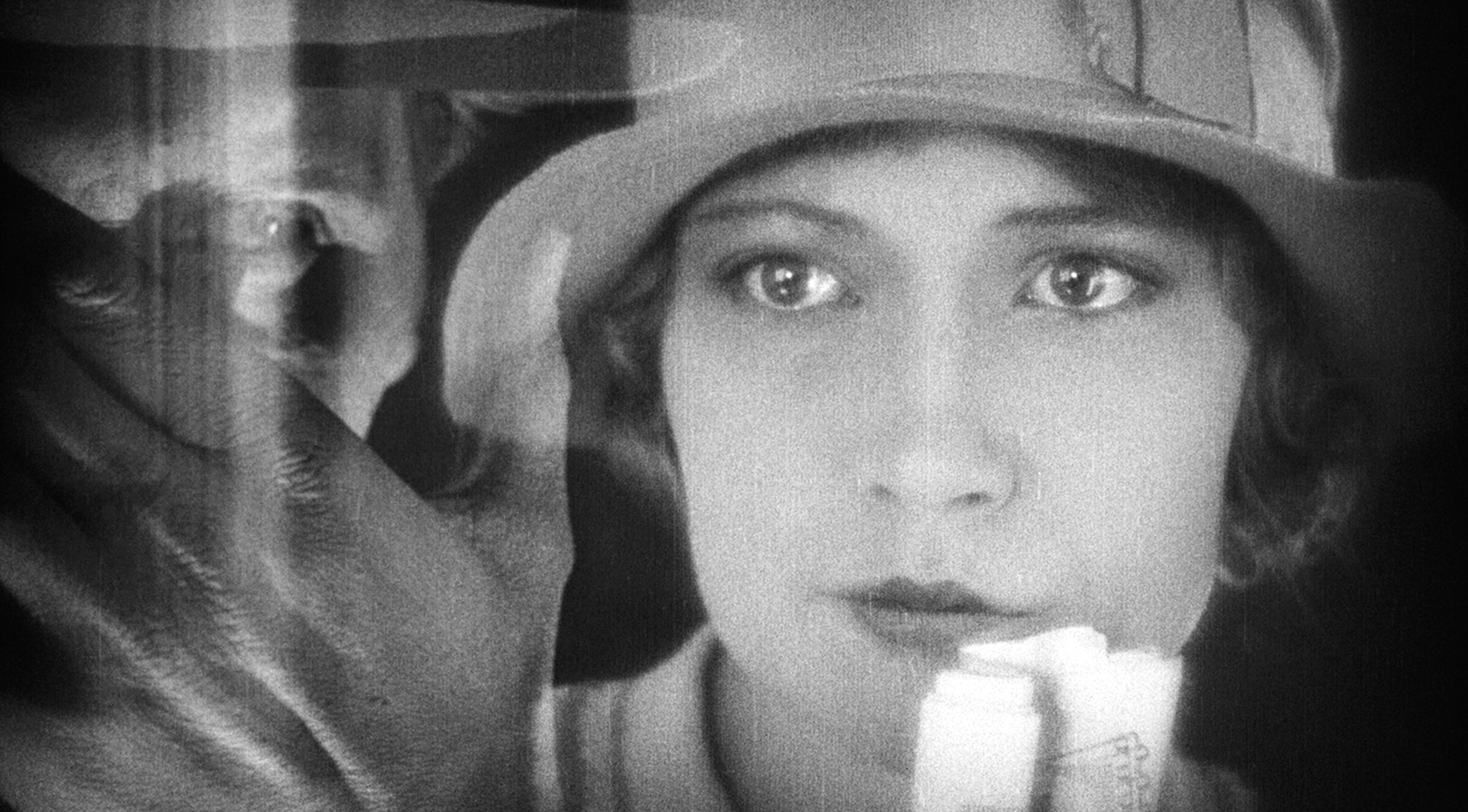This historical reprint was published in conjunction with the screening of The Love of Jeanne Ney at SFSFF 2019—excerpted from the originally published piece in the December 1927 issue of Close Up.
Mr. Pabst formerly worked a long time for the theatre. Four years ago he decided that as far as the art of the future was concerned, the theatre had no possibility of development. Since he came to that decision (and we can imagine it was not an easy one to make) he has made six films. Unfortunately I have seen only three, though “stills” from the others convince me of the sincerity and interest of all his work.
The three films I have seen are Joyless Street, Secrets of the Soul, and Die Liebe der Jeanne Ney.
I came late to the cinema and I came because of Joyless Street. For years it never occurred to me that movies were worth consideration. I actually went to Hollywood without the slightest idea that they made films there and was much perturbed and quite uninterested when famous stars “shot” scenes under my bedroom window. Enthusiasts on my return to Europe occasionally persuaded me to a cinema. I did not dislike them but felt they had no link with my particular development. Then one wet dismal afternoon in Switzerland I went to Joyless Street. And saw what I had looked for in vain in post-war literature, the unrelenting portrayal of what war does to life, of the destruction of beauty, of (as has been said) the conflict war intensifies between those primal emotions, “hunger and eroticism.” It was all too right …
Yet I read a short time ago in an American paper that Joyless Street was distorted and untrue. And that will be, I fear, the immediate criticism of Pabst’s pictures. Because average people, average critics, dare not face the truth in his films. (Just as at the showing of the English official war film, The Battle of Arras, the comment across the cinema was, “they ought not to show the corpses and the wounded!” People love cheering the men trickling forward against shells but they obliterate without sense of wrongdoing what waste and suffering a battle must entail.) For myself I could only say after seeing Die Liebe der Jeanne Ney in the Neubabelsberg projection room, “it is too true.” For actual threads of thought appear in front of one, actual life, actual pain, actual moments of beauty, passed through a mind that is as the machine that records heart beats or the sensations of a leaf.
So Joyless Street recorded the whirlpool of destruction that is war as Die Liebe der Jeanne Ney records the awkwardness and cruelty of changing, not yet adapted civilizations. Not banners and glory and spiritual rebirth as old ladies and newspapers and leaders of the nations preached in 1914. But death and the loosening of the barriers and the shattering of decent impulse. First one gate goes, then another, with intellect and beauty, as always the first sacrifice. The old scholar, the children, the young beautiful girl. Or the two lovers in Jeanne Ney. The right to think, to individual judgment, even the right to sympathy. No book has put down the reaction of defeat on conquerors and defeated alike as Joyless Street has done. For this reason no doubt it was censored where it was shown or attempted to be shown. And no book (except H.D. in her short story “Murex”) has so caught the sense of beauty broken by war.
It is the thought and the feeling that line gesture that interest Mr. Pabst. And he has what few have, a consciousness of Europe. He sees psychologically and because of this, because in a flash he knows the sub-conscious impulse or hunger that prompted an apparently trivial action, his intense realism becomes through its truth, poetry. He himself said once in conversation, “What need is there for romantic treatment? Real life is too romantic and too ghostly.” And his drab rooms and their inhabitants, so cruel or blindly brave, so infinitely of life with all the problems of modern Europe surging about their hands or faces, become not only this actual world but abstractions of reality, like the myths men made of long ago seafarings or fights, like the statues men made through these myths, of pure ideas.
And people clamour that films are not art! No play I have ever seen or read has affected me so profoundly as Joyless Street or Jeanne Ney. I wanted to cry out at each, I know this, I know that beauty is a gull in a storm, I know exactly how destructive human hunger can be, but knowing this, if one is to live, there is a limit to endurance of vision. For to watch them is to face what all if they could, would willingly forget.
About Bryher
Heir to a shipping fortune and champion of the Lost Generation, Annie Winifred Ellerman wrote under the pen name Bryher. Along with her lifelong companion H.D. (Hilda Doolittle) and her legal spouse Kenneth Macpherson, she founded the publication Close Up in 1927. Packed with film reviews, interviews, reports on national cinemas, and pages of stills, the magazine championed European and Soviet cinema and offered alternative takes on the Hollywood factory system. In 1930, the trio made their own film, Borderline, about an interracial relationship that starred American actor Paul Robeson. Based in Switzerland, Ellerman used her wealth to support writers and to evacuate at least one hundred Jews from Hitler’s Germany. In 1933, the year the magazine ceased publication, her article “What Shall You Do in the War?” appeared on its pages urging readers to take action, five years before the Anschluss and Kristallnacht. A poet and novelist as well she later became known for historical fiction set in her native Britain.

